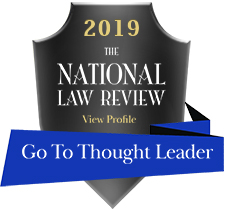In Loper Bright Enterprises v. Raimondo, the US Supreme Court expressly overruled the doctrine of deferring to an agency’s interpretation of allegedly ambiguous statutory language initially articulated in Chevron U.S.A. Inc. v. Natural Resources Defense Council, Inc.
Under the Chevron doctrine, courts applied a two-step framework interpreting statutes administered by federal agencies. The first step asks whether Congress had “directly spoken to the precise question at issue.” Chevron, 467 U.S. at 842. If the statute is clear as to the interpretive question at issue, courts are bound by and must apply the clear meaning of the statute. If, however, the statute is ambiguous or silent, then courts proceed to the second step where they defer to the agency’s interpretation provided it is “based on a permissible construction of the statute.” Id. at 843.
This doctrine of deference, Loper Bright held, is at odds with the imperative that the Administrative Procedure Act (APA) gives to reviewing courts to “decide all relevant questions of law” and “interpret . . . statutory provisions.” 5 U.S.C. § 706 (emphasis added). Because Chevron required reviewing courts to give “binding deference to agency interpretations” instead of exercising their “independent judgment” as to the best reading of the statute, that doctrine “defies the command of the APA” by ceding the authority to decide some questions of statutory interpretation – those involving ambiguous statutes – to agencies. See Slip Op. 21; see also Slip Op. 14 (observing that § 706 “prescribes no deferential standard” for courts to apply when interpreting ambiguous statutes).
read more

 Subscribe
Subscribe

